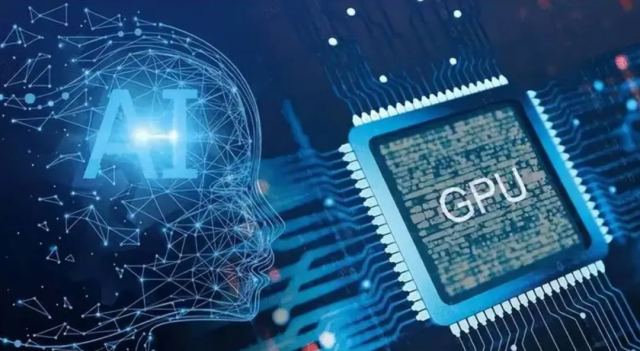The Application of Crystal Oscillators in AI Servers

With the continuous development and application of ChatGPT technology, China’s AI server market maintains a relatively fast growth rate. Today, focusing on the popular AI field, let’s delve into the application of crystal oscillators in AI servers together.
Currently, the primary oscillators utilized in AI servers are differential crystal oscillators. This is primarily because, compared to single-ended output oscillators, differential crystal oscillators can generate high-quality differential clock signals, exhibit strong resilience against common-mode interference and noise, provide large-amplitude and high-frequency clock signals suitable for driving long lines. These characteristics perfectly meet the requirements of AI servers for stable and high-performance operation, making differential crystal oscillators a highly rational choice as the baseline clock signal source for AI servers.
The Role of Crystal Oscillators in AI Servers
An AI server is a high-performance computer specifically designed to handle AI-related tasks. It boasts robust computing and storage capabilities, enabling swift processing of massive amounts of data and complex algorithms. Compared to traditional computing devices, AI servers exhibit higher computational efficiency and lower energy consumption. To ensure synchronized timing and high-speed computing needs across AI server system components, oscillators are indispensable, responsible for providing baseline clock signals and high-speed differential clock signals. As the global AI server market continues to expand, oscillators, as core components of AI servers, are poised to enter a new stage of development. From a cost structure perspective, oscillators play a pivotal role in AI servers, accounting for approximately 3% to 5% of the total cost. According to forecasts from relevant research institutions, the global AI server market is expected to reach 62billionto97 billion by 2025.
In AI servers, crystal oscillators, as crucial electronic components, primarily provide timing and frequency references for various electronic circuits or systems, playing a vital role in ensuring server stability and performance. In application scenarios, components such as the CPU, memory, and GPU in servers require stable clock signals to drive their operations. Network interfaces rely on stable clock signals to ensure accurate data transmission and functioning. Storage controllers necessitate stable clock signals to ensure that all server components operate synchronously at predetermined frequencies. Power management necessitates precise clock signals to control power switching times, thereby reducing energy consumption and enhancing energy efficiency.







